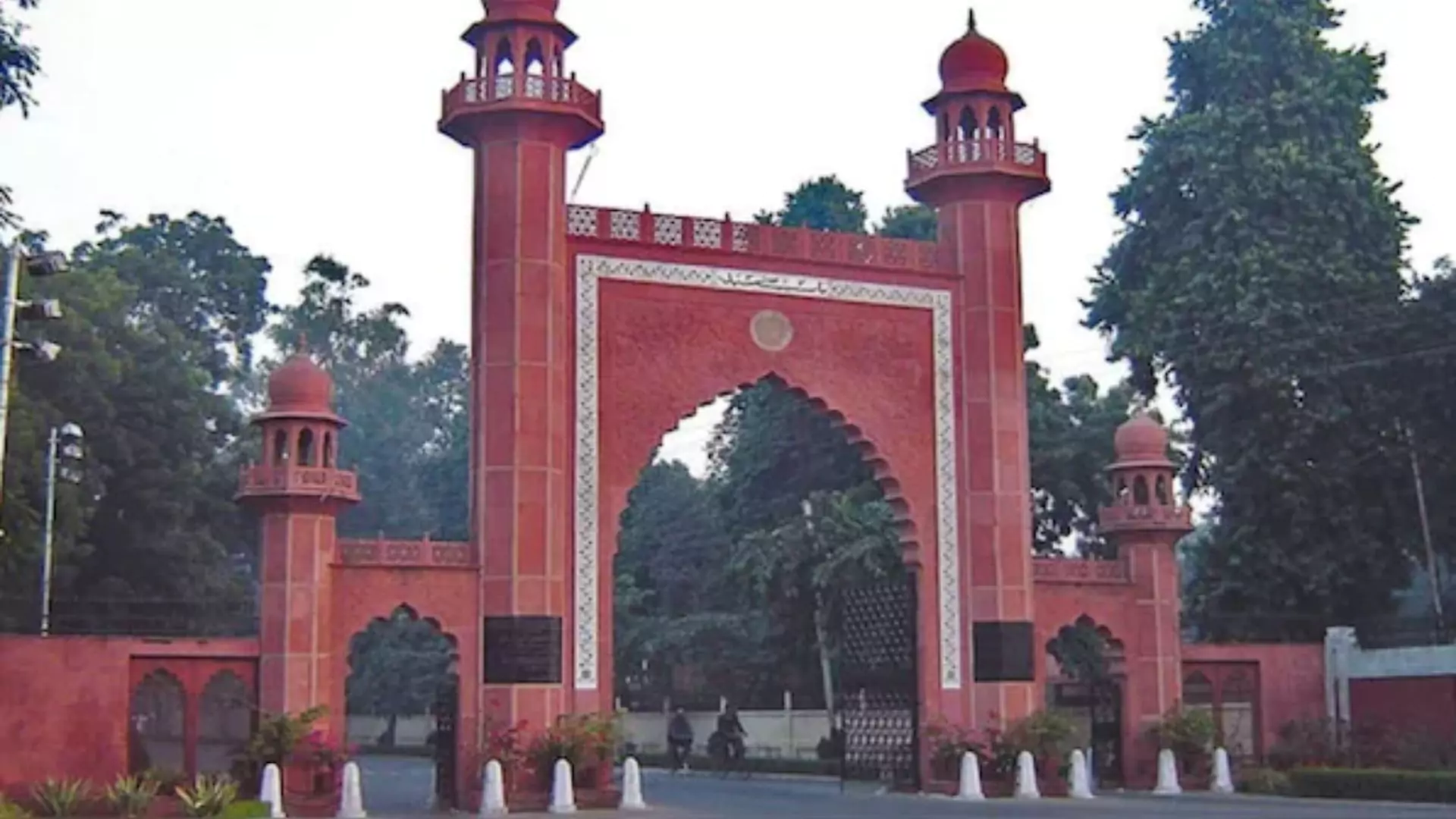The Supreme Court has overruled its landmark 1967 judgment, which declared that Aligarh Muslim University (AMU) could not be considered a minority institution. This latest decision by a seven-judge bench, led by Chief Justice D Y Chandrachud, has left the matter open for further examination, with the Court referring it to another bench to determine whether AMU qualifies for minority status. This decision is part of a long-standing legal debate about AMU’s origins, its governance, and the rights granted under Article 30 of the Indian Constitution, which safeguards the right of minorities to establish and manage their educational institutions. Below, we decode this verdict in 10 key points.
Supreme Court Overrules 1967 Verdict
The Supreme Court has overturned its 1967 ruling that denied AMU’s status as a minority institution. The latest verdict deems the 1967 decision invalid, paving the way for further examination by a new bench.
Four Separate Opinions in the Aligarh Muslim University Judgment
The Court’s judgment comprises four opinions, including a majority opinion by Chief Justice Chandrachud and three dissenting opinions. The majority was held by Chief Justice Chandrachud and Justices Sanjiv Khanna, JB Pardiwala, and Manoj Misra, while Justices Surya Kant, Dipankar Datta, and Satish Chandra Sharma dissented.
Historical Context of Aligarh Muslim University Founding
AMU was founded as the Muhammadan Anglo-Oriental College in 1875 by Sir Syed Ahmad Khan with the goal of replicating British educational models seen in Oxford and Cambridge. This historical background is central to the legal debate on AMU’s minority status.
1967 Verdict and Its Implications
The 1967 judgment in S Azeez Basha vs. Union of India ruled that AMU was neither founded nor run by a Muslim minority. The Supreme Court held that AMU was created by a Central Act, thus not eligible for minority status under Article 30.
1981 Aligarh Muslim University (Amendment) Act
In response to community backlash over the 1967 verdict, the government passed an amendment in 1981 stating that AMU was established to promote the educational and cultural interests of Muslims in India. This amendment remains a pivotal element in the minority status debate.
2006 Allahabad High Court Ruling
In 2006, the Allahabad High Court struck down the 1981 amendment that supported AMU’s minority status. Both the Congress-led UPA government and AMU appealed this decision, leading to the Supreme Court’s involvement.
2016 Government Withdrawal of Appeal
The NDA government informed the Supreme Court in 2016 that it would withdraw the appeal seeking AMU’s minority status, citing the 1967 judgment as justification. This created further complications in the ongoing legal process.
Key Legal Question Considered by the Supreme Court
The Supreme Court assessed whether AMU qualifies as a minority institution based on its establishment by a religious or linguistic minority. The majority view focused on who “established” AMU, which is a key test for minority status under Article 30.
Majority Ruling on Minority Status Tests
Chief Justice Chandrachud’s majority opinion stated that the question of AMU’s minority status should be judged by the identity of its founders rather than the administrators. If AMU’s establishment is proven to be minority-led, it could claim minority status.
Dissenting Opinions on Case Reference
Justices Surya Kant, Dipankar Datta, and Satish Chandra Sharma dissented, questioning the referral to a seven-judge bench. Justice Datta warned that the majority opinion might set a “dangerous precedent,” while Justice Sharma emphasized that a minority group must establish an institution to claim the right to administer it under Article 30.
Read More: What Is Aligarh Muslim University Minority Case? Supreme Court Overrules 1967 Judgment























